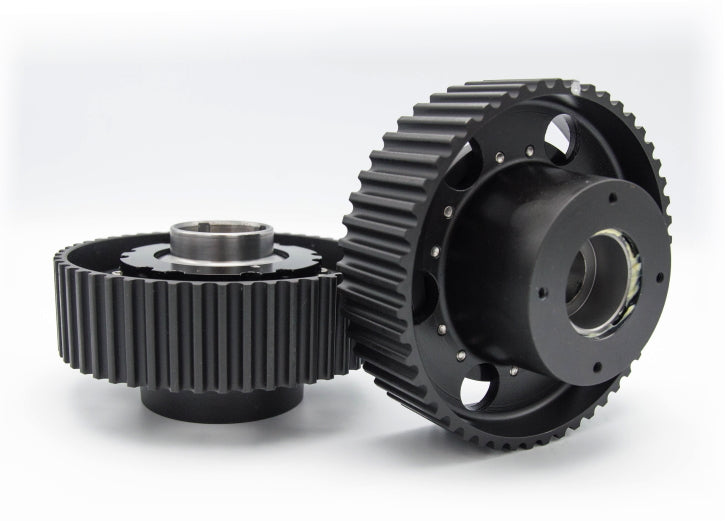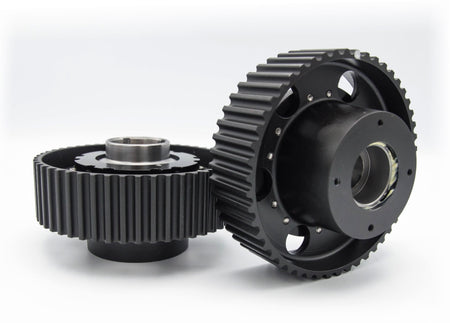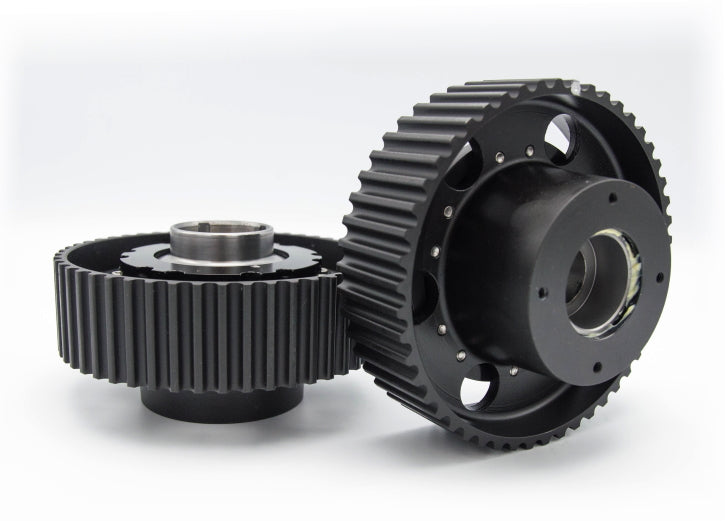BDE VTC Intake Cam Gear Sprocket Set, Early Style - Nissan 300ZX 90-93 Z32
Couldn't load pickup availability
Use this text to encourage communication or promote sharing on social networks.
To not have to pay the core charge up front you have the option to send in your cores first thus eliminating any core charge. Otherwise you pay the core charge, send us your cores later and you will be refunded the charge.
*****Cores must be the same version as purchased, under no circumstances will early model VTCs be accepted as cores towards the purchase of late model VTCs.*****
BDE does not supply VTC front covers. When shipping your cores, keep your VTC front covers and hardware to re-use. Late VTC front covers are different than Early front covers, AND, Late front covers are no longer available from Nissan.
Stock VG30 variable Valve Timing Control (VTC) intake camshaft sprockets are non-serviceable units that are notorious for leaking oil and making noise. Oil leakage occurs because the rear cover can rotate independent from the sprocket, this wears its o-ring seal and eventually leads to an oil leak. The noise is typical with high-mileage sprockets and/or aftermarket higher-pressure valve springs that cause the cams to over-rotate on every cylinder's intake valve-closing event. This over-rotation causes the VTC piston to screw itself onto the VTC helix and overpower the piston return spring. As the cam continues to rotate, the valves close and the valve spring pressure diminishes to the point where the return spring slams the piston back to its stop creating the audible tick that is indicative of a noisy VTC. By design, the VTC function is to advance the intake cams 20 degrees (crankshaft) from off idle to roughly 5800 RPM to increase torque in this RPM range. At idle and high RPM the VTC is in its static "zero advance" position which reduces valve overlap for smooth idle characteristics and increases torque at higher RPMs - and it is only in the zero advance position that the VTCs can make noise. True VTC noise can be verified by activating the VTC solenoids using a ConZult or by grounding their green with black stripe wires while the engine is idling. This will cause oil pressure to build within the sprocket, forcing the VTC piston to screw onto the VTC helix thus advancing the cam and removing the window of opportunity to make noise. Typical VTC noise will stop entirely when doing this and the engine will begin to idle rough due to excessive valve overlap. BDE rebuilt VTC sprockets feature a redesigned piston return spring specifically engineered for the load needed to prevent camshaft over-rotation with installed valve spring pressures up to 90 lbs and permit full VTC function. Oil leaks are eliminated by replacing the o-ring and positively locating the rear cover with a dowel pin thereby preventing it from rotating.



